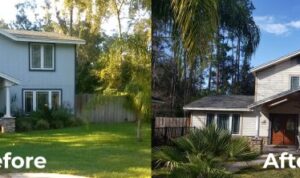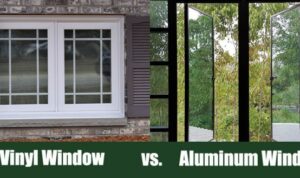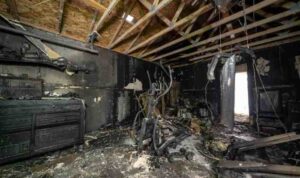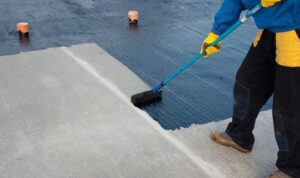When it comes to the cost of replacing wood siding, numerous factors come into play that can sway the overall expenses. From material quality to labor costs and project size, each element contributes to the final bill. This guide dives into the intricacies of wood siding replacement costs, comparing them to alternative materials and exploring DIY versus professional installation considerations.
Let's unravel the mysteries behind the price tags of revitalizing your home's exterior with new siding.
Factors Affecting Cost of Replacing Wood Siding
When considering the cost of replacing wood siding, several factors come into play that can significantly impact the overall expenses. Factors such as material quality, labor costs, project size, property location, accessibility for workers, and the type of wood chosen can all influence the total cost of the siding replacement project.
Material Quality and Labor Costs
The quality of materials used for the wood siding replacement project can greatly affect the cost. High-quality materials tend to be more expensive but can offer better durability and aesthetics in the long run. Additionally, labor costs for skilled workers to install the siding can vary based on experience and expertise, impacting the overall cost.
Project Size and Property Location
The size of the wood siding replacement project is a crucial factor in determining the cost. Larger projects require more materials and labor, leading to higher expenses. Moreover, the location of the property can also influence the cost, especially if it affects transportation and accessibility for workers, which may add to the overall project costs.
Type of Wood Chosen
The type of wood chosen for the siding replacement can also impact the total cost. Different wood species come with varying price points, with some exotic or rare woods being more expensive than common options. Factors such as durability, maintenance requirements, and aesthetic appeal should be considered when selecting the type of wood, as they can affect the overall cost of the project.
Cost Comparison
When considering the cost of replacing wood siding, it's important to compare it with alternative materials such as vinyl, fiber cement, or metal siding. Each type of material comes with its own initial cost and long-term cost-effectiveness factors to consider.
Comparing Initial Costs
- Vinyl Siding: Vinyl siding is often the most affordable option upfront, with a lower cost per square foot compared to wood.
- Fiber Cement Siding: Fiber cement siding falls somewhere in the middle in terms of initial cost, offering durability and a natural wood-like appearance.
- Metal Siding: Metal siding can vary in price depending on the type of metal used, but it generally falls within the mid to high range of initial costs.
Long-Term Cost-Effectiveness
- Wood Siding: While wood siding may require more maintenance over time, it can add value to a home and provide a timeless aesthetic appeal that may be worth the investment.
- Vinyl Siding: Vinyl siding is known for its low maintenance requirements, potentially saving homeowners money in the long run on upkeep costs.
- Fiber Cement Siding: Fiber cement siding is durable and resistant to rot and pests, offering long-term cost savings due to its longevity.
- Metal Siding: Metal siding is also highly durable and low maintenance, making it a cost-effective option over time.
Additional Maintenance Costs
- Wood Siding: Wood siding may require more frequent painting or staining to maintain its appearance, which can add to the overall cost of ownership.
- Vinyl Siding: Vinyl siding typically requires minimal maintenance, with occasional cleaning being the primary upkeep task.
- Fiber Cement Siding: Fiber cement siding may need periodic repainting, but it generally requires less maintenance compared to wood siding.
- Metal Siding: Metal siding is highly durable and requires minimal maintenance, making it a cost-effective choice in terms of upkeep.
Average Cost Breakdown for Wood Siding Replacement

When it comes to replacing wood siding, it is essential to understand the breakdown of costs involved to budget effectively and make informed decisions.
Materials
- Wood Siding: The cost of the actual wood siding can vary depending on the quality and type of wood chosen. On average, expect to pay between $3 to $10 per square foot.
- Primer and Paint: Additional expenses for primer and paint should be factored in, typically costing around $1 to $3 per square foot.
- Fasteners and Sealants: These small items can add up, with an estimated cost of $0.50 to $1 per square foot.
Labor
- Installation: Labor costs for installing wood siding can range from $4 to $8 per square foot, depending on the complexity of the job and the experience of the contractor.
- Removal: Removing old siding can cost around $1 to $2 per square foot, including disposal fees.
Additional Expenses
- Permits: Depending on your location, you may need permits for siding replacement, which can cost anywhere from $100 to $500.
- Repairs: If there are any repairs needed to the underlying structure or insulation, this can add significant costs to the overall project.
Cost Range per Square Foot
On average, the total cost for wood siding replacement can range from $8 to $20 per square foot, including materials, labor, and additional expenses.
Regional Cost Variations
- In urban areas or high-cost regions, the overall cost may be higher due to increased labor rates and material costs.
- Rural areas or regions with a lower cost of living may have slightly lower overall costs for wood siding replacement.
DIY vs. Professional Installation
When it comes to replacing wood siding, homeowners often face the decision of whether to tackle the project themselves or hire professional contractors. The choice between DIY and professional installation can have significant cost implications, along with considerations of potential savings or risks.
Cost Implications
DIY wood siding replacement can be more cost-effective initially, as you will not incur labor costs associated with hiring professionals. However, it is essential to consider the skill level required for the project and the potential for costly mistakes that may arise during DIY installation.
Potential Savings and Risks
- DIY Installation Savings: By taking on the project yourself, you can save on labor costs, which can account for a significant portion of the overall replacement cost.
- Risks of DIY Installation: Lack of experience or expertise in wood siding replacement can lead to errors that may require costly repairs or even complete reinstallation, ultimately increasing the overall cost.
Tips for Homeowners
Consider the following tips when deciding between DIY and professional installation based on cost factors:
- Assess Your Skill Level: Be honest about your capabilities and experience with similar home improvement projects before opting for DIY installation.
- Get Multiple Quotes: If considering professional installation, obtain quotes from several contractors to compare costs and services offered.
- Weigh the Pros and Cons: Evaluate the potential savings of DIY installation against the risks involved, including the possibility of additional expenses for mistakes.
- Seek Recommendations: If unsure about the best approach, seek advice from friends, family, or professionals in the industry to make an informed decision.
Ending Remarks
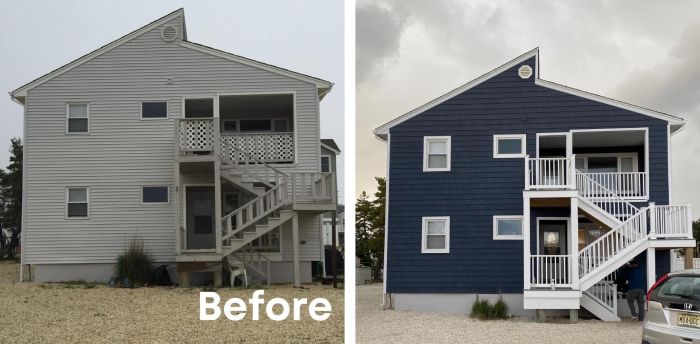
In conclusion, the cost of replacing wood siding is a multifaceted topic that demands careful consideration. By understanding the various factors influencing pricing, homeowners can make informed decisions about their siding replacement projects. Whether opting for wood, vinyl, fiber cement, or metal siding, balancing cost and quality is key to a successful home renovation venture.
FAQ Corner
What are the key factors influencing the cost of replacing wood siding?
The cost of replacing wood siding can be influenced by factors such as material quality, labor costs, project size, property location, and the type of wood chosen for replacement.
How does the cost of wood siding replacement compare to alternative materials like vinyl or fiber cement?
Wood siding replacement costs can vary compared to materials like vinyl or fiber cement. While wood may have a higher initial cost, long-term cost-effectiveness and maintenance considerations play a crucial role in decision-making.
What is the average cost breakdown for wood siding replacement projects?
Average costs for wood siding replacement include materials, labor, old siding disposal, and additional expenses. The cost per square foot can also vary based on regions and markets.
Are there significant cost differences between DIY and professional installation of wood siding?
DIY wood siding installation may offer cost savings, but risks and potential expenses should be considered. Homeowners must weigh the benefits of professional installation against the challenges of DIY projects.

